Waterproof Casts for Bone Fractures
Orthotics Plus provides fracture management services where we often apply a waterproof cast.
The primary advantage of this type of casting is to allow the patient to get their cast wet (i.e. showering, swimming, daily living) and improve comfort/hygiene while rehabilitating.
Waterproof casts can be used to treat all types of fractures.
Orthotics Plus is experienced with fracture management, cast fitting and follow-up support. Our clinics are located in Melbourne.
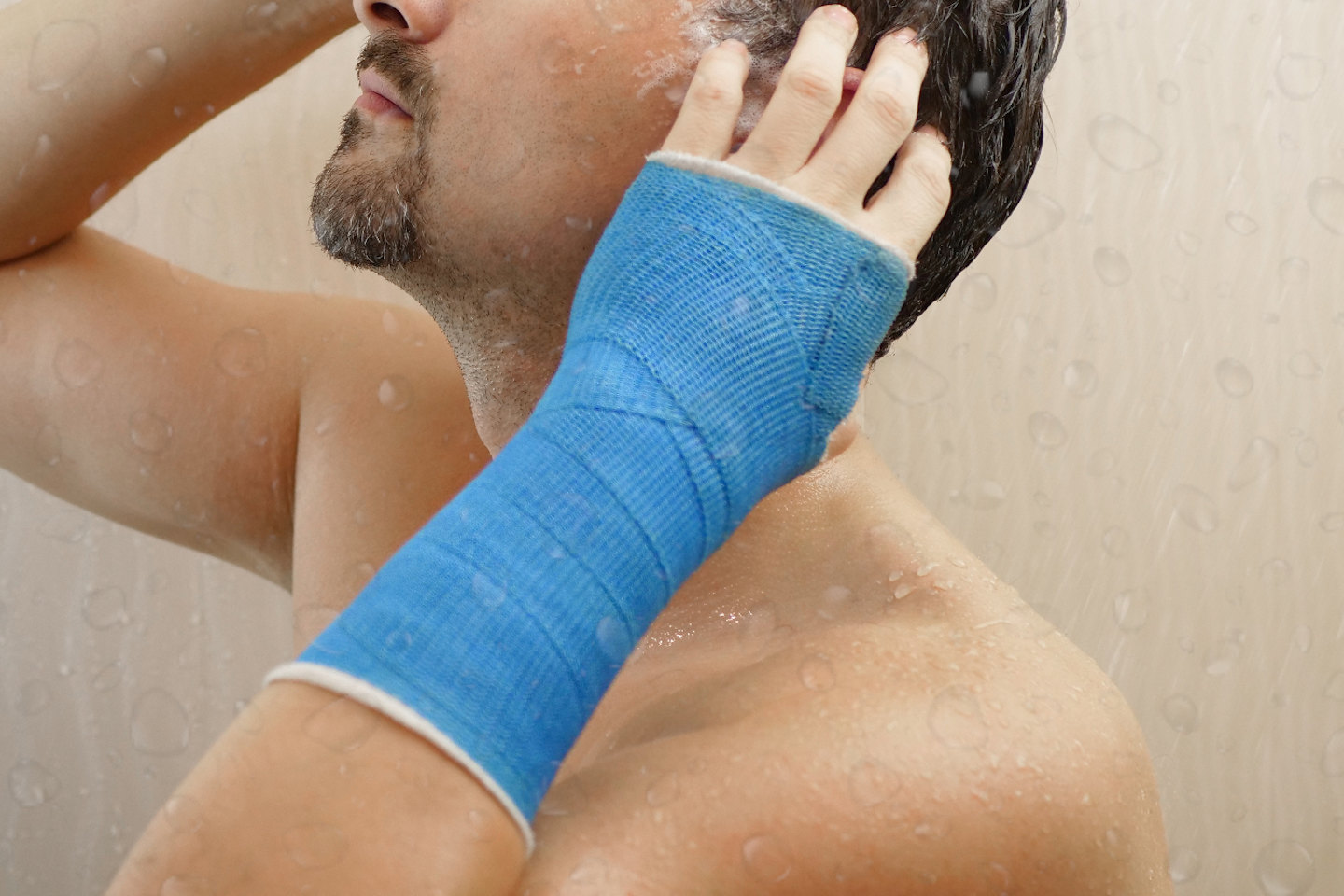
Why Use a Waterproof Cast Over A Non-Waterproof Cast?
A waterproof cast is always made out of synthetic materials.
The difference between a waterproof and non-waterproof cast is the underneath padding layer.
A waterproof cast uses a special undercast padding. This material doesn’t soak up water and will dry quickly. People can fully shower, wash dishes, swim, remove dead skin buildups and achieve a sensation of improved hygiene. No more smelly casts!
A non-waterproof cast uses padding, which is highly absorbent and remains damp when wet. This can cause skin maceration or breakdown.
Most people suggest the comfort between the two casts (when dry and clean) is similar overall.
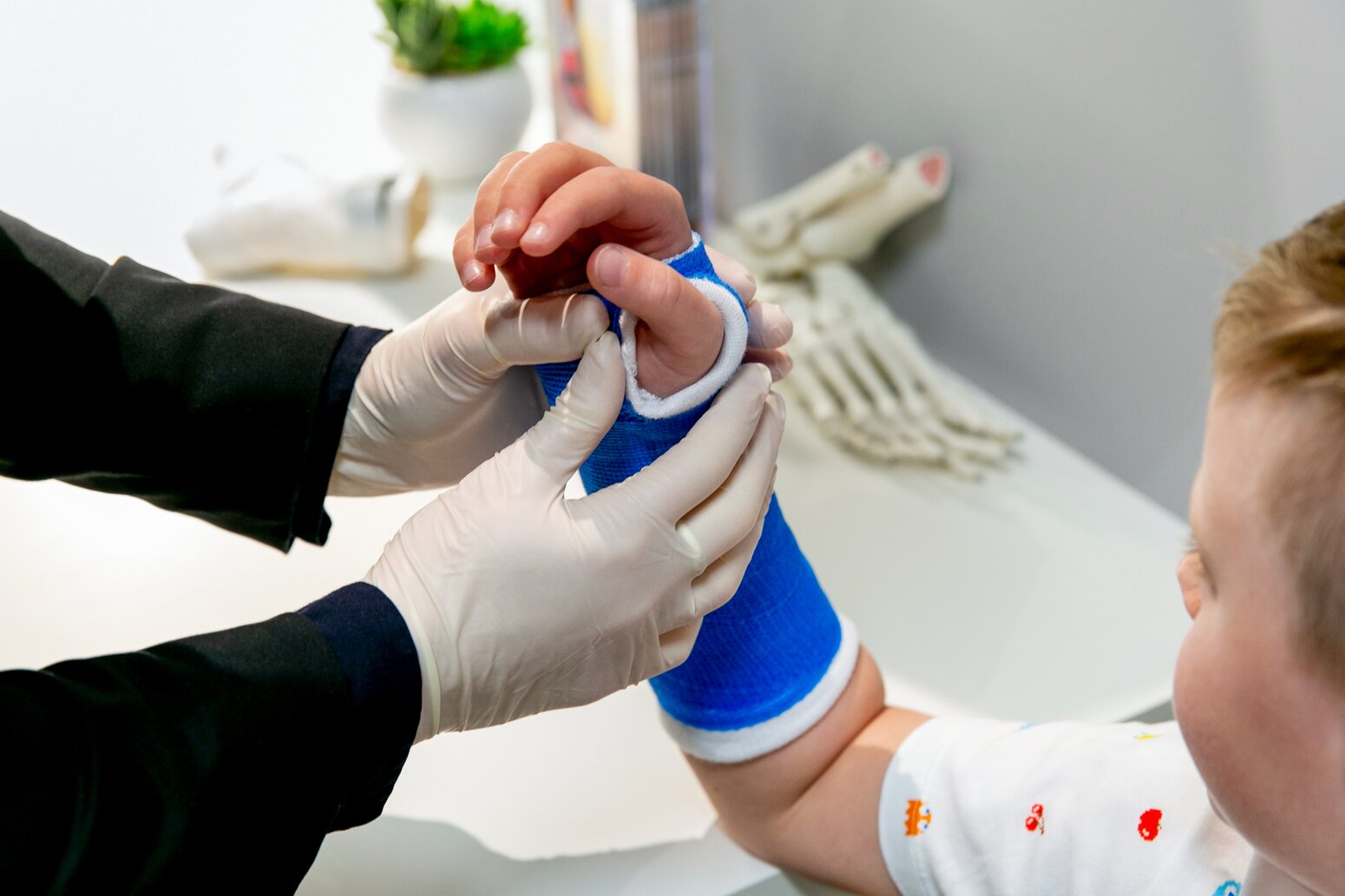
Getting Your Cast Wet
Water can still penetrate into the cast, it can also leave / dry relatively quickly. In rare circumstances, water particles can become trapped in a waterproof cast, however the risk factor is lower when compared with traditional plaster casts.
Patients will be able to:
- Completely submerge their limbs in water
- Swim (in saline, fresh and chlorine water) – always rinse with fresh water
- Shower/bath
- Wash their hands
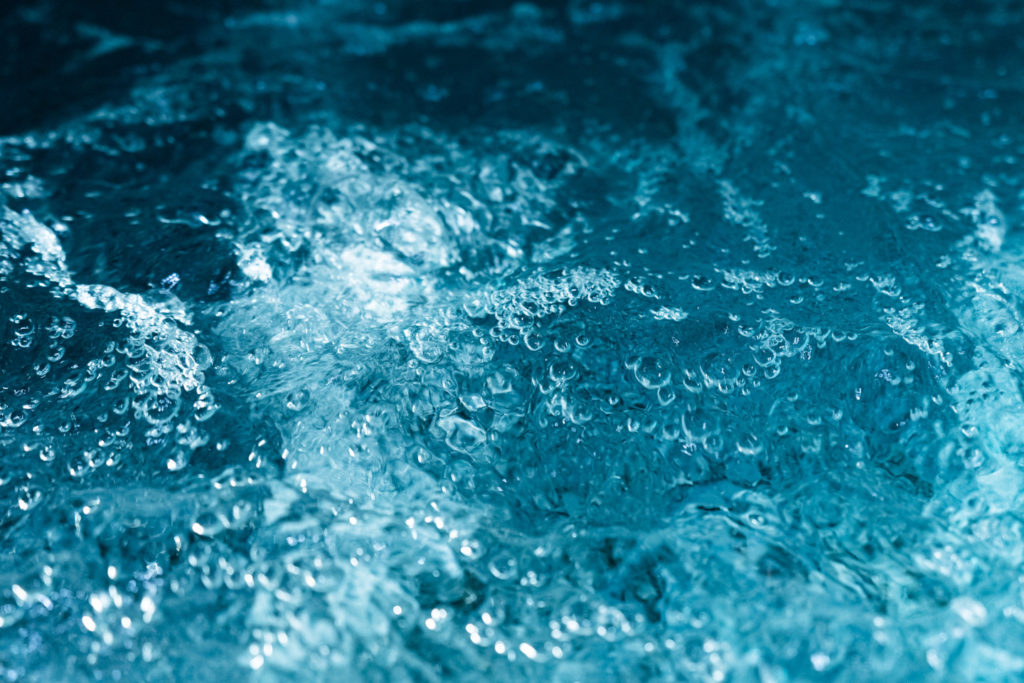
Colours
Orthotics Plus encourages you to style your waterproof cast the way you like! Assuming we have stock, you can choose the following colours:
- Blue
- Pink
- Multicolour
- White
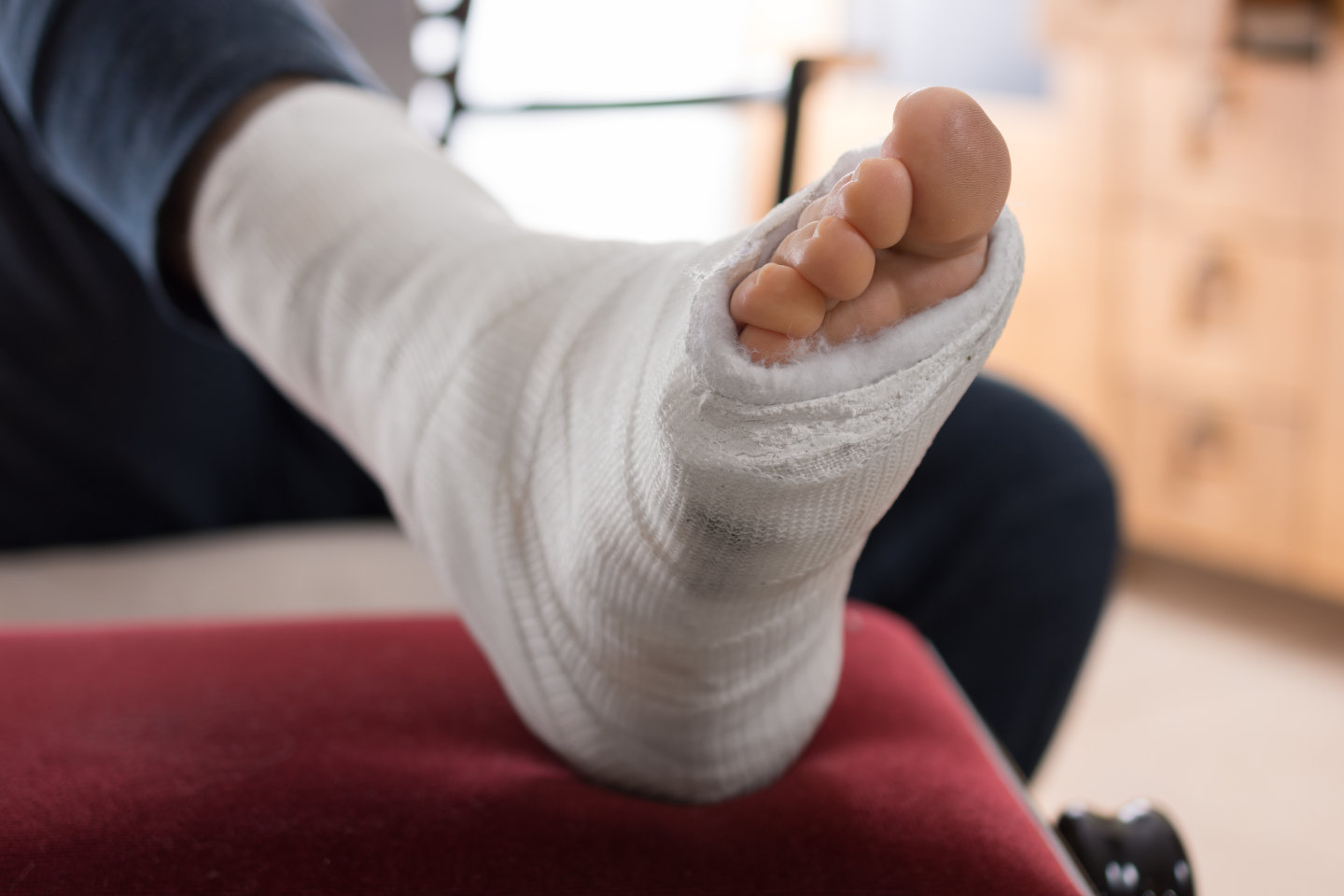
Types of Fractures
Waterproof casts can be used on the vast majority of fracture types, please note our fractures page.
A contraindication to waterproof casting is when a patient has a wound underneath their cast, in which case, we would recommend the patient does not be fitted with a waterproof cast because of the risk of infection.
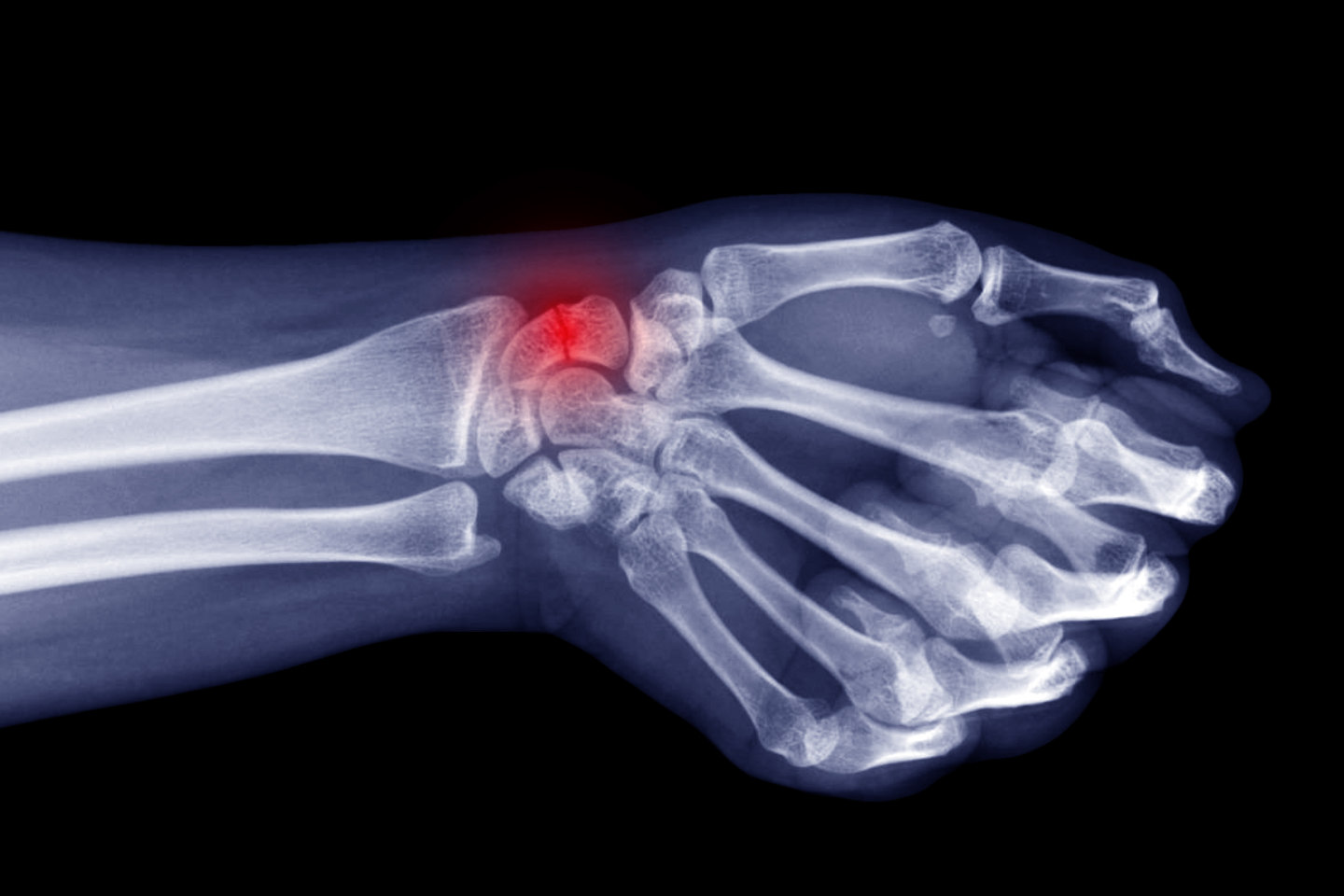
Cost of a Waterproof Cast
The material for waterproof casts is more expensive than traditional cast material.
Please contact our office to confirm pricing for your unique circumstances, a typical below the elbow cast is $235 (includes assessment fee).
The increased cost of a waterproof cast is a factor for hospitals to consider, and as a result we have found that most hospitals do not offer a waterproof cast.
We can remove a cast applied from another hospital or clinic and apply a waterproof cast during the same appointment if needed.
Private Health Insurance for Fracture Treatments
Please make contact with your private health insurance to confirm your cover.
There are a number of healthcare ‘categories’ that are applicable for fracture management, such as acute, emergency, casting, splinting etc.
Orthotics Plus will provide you with an invoice after our services, which you may be able to submit to your private health insurer or pay privately.
Please also note our financial assistance page.
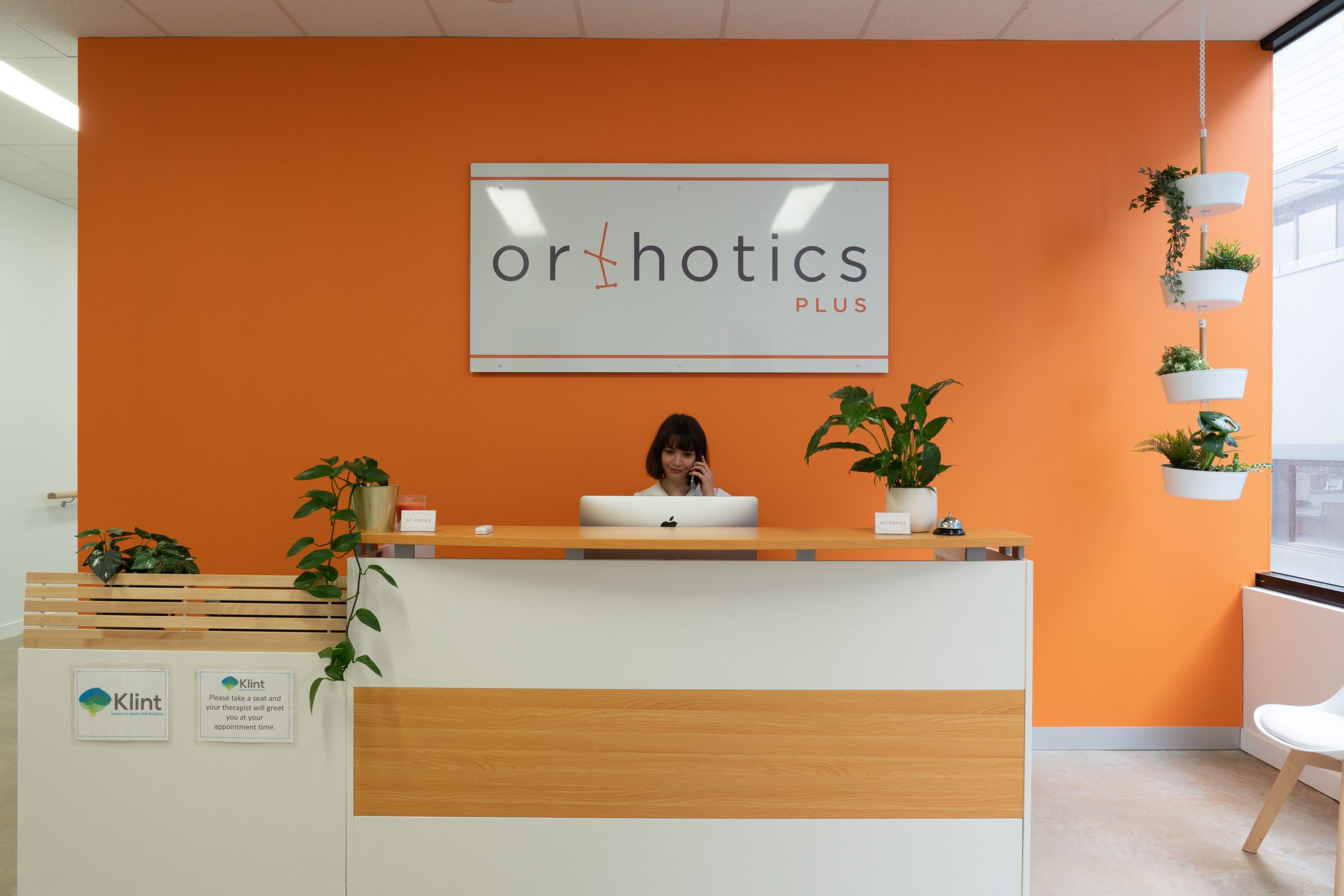
Booking Fracture Support at Orthotics Plus
Orthotics Plus have put on thousands of upper/lower limb waterproof casts. Our focus is your function, safety and comfort while you rehabilitate.
- Same-day bookings available
- After-hours support where possible
- You can self-refer online
- We work alongside your GP and imaging
Orthotics Plus has multiple locations throughout Melbourne. We look forward to your referral and helping manage your fracture.
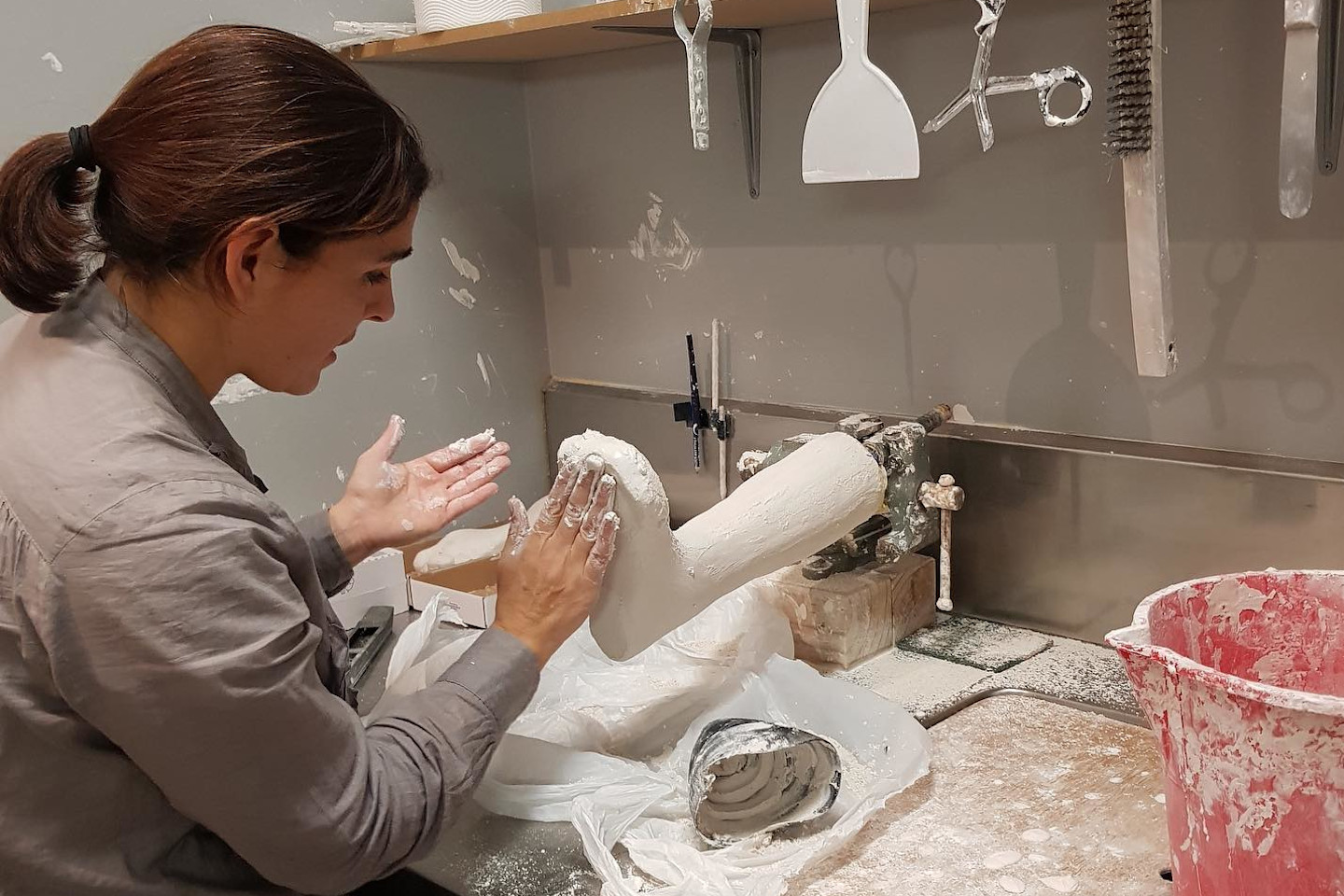
Waterproof Cast FAQ
No.
Removal of the cast will be done by us (for free) or by your alternative medical professional.
It can take anywhere from 10 minutes to 30 minutes.
We suggest patients still use a towel to speed up drying and catch any drips.
We suggest leaving a bit of extra time for morning showers before work/school. Patients still find this much easier than a non-waterproof option.
The most common type of fracture we treat with waterproof casting is wrist fractures.